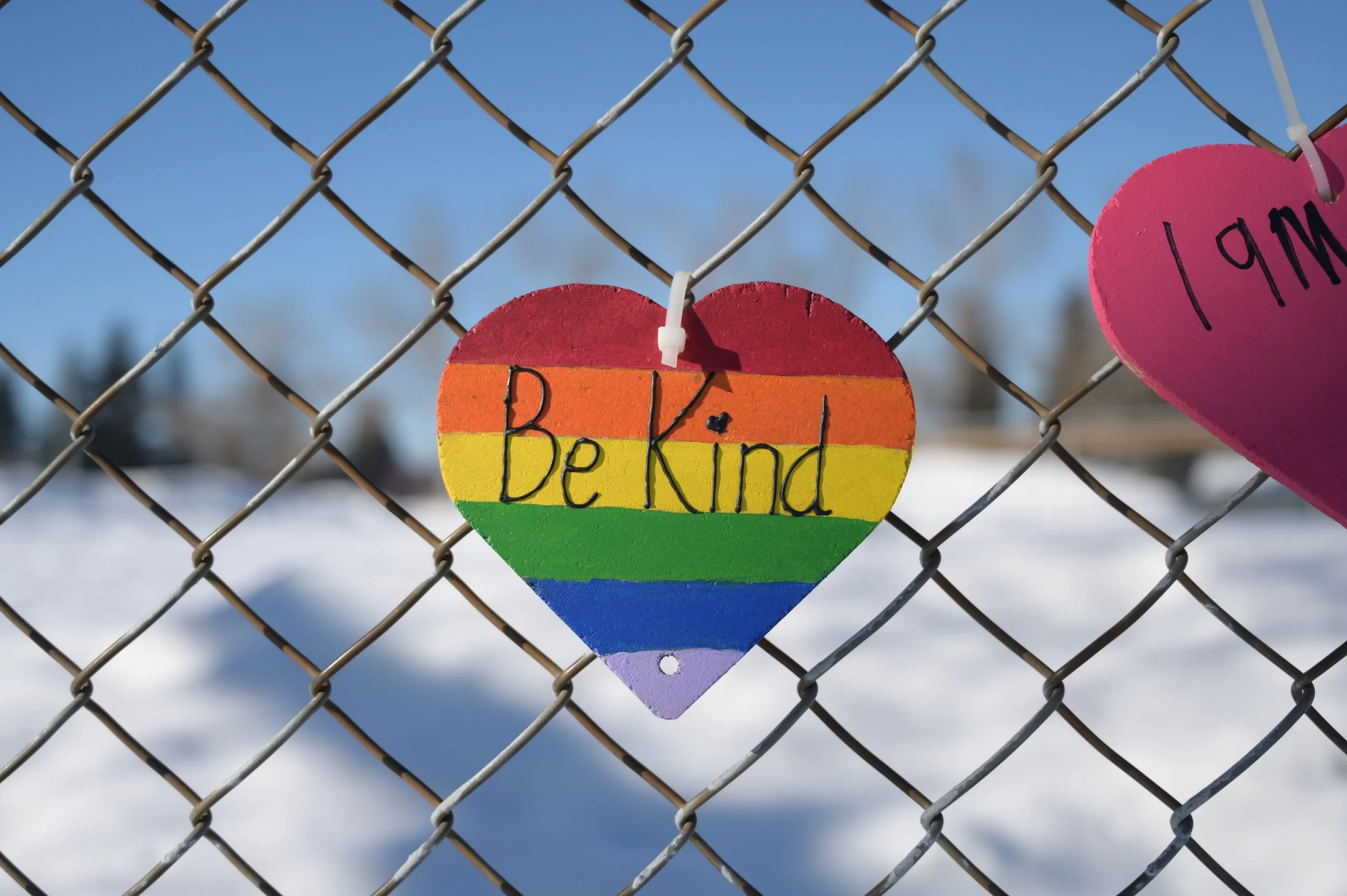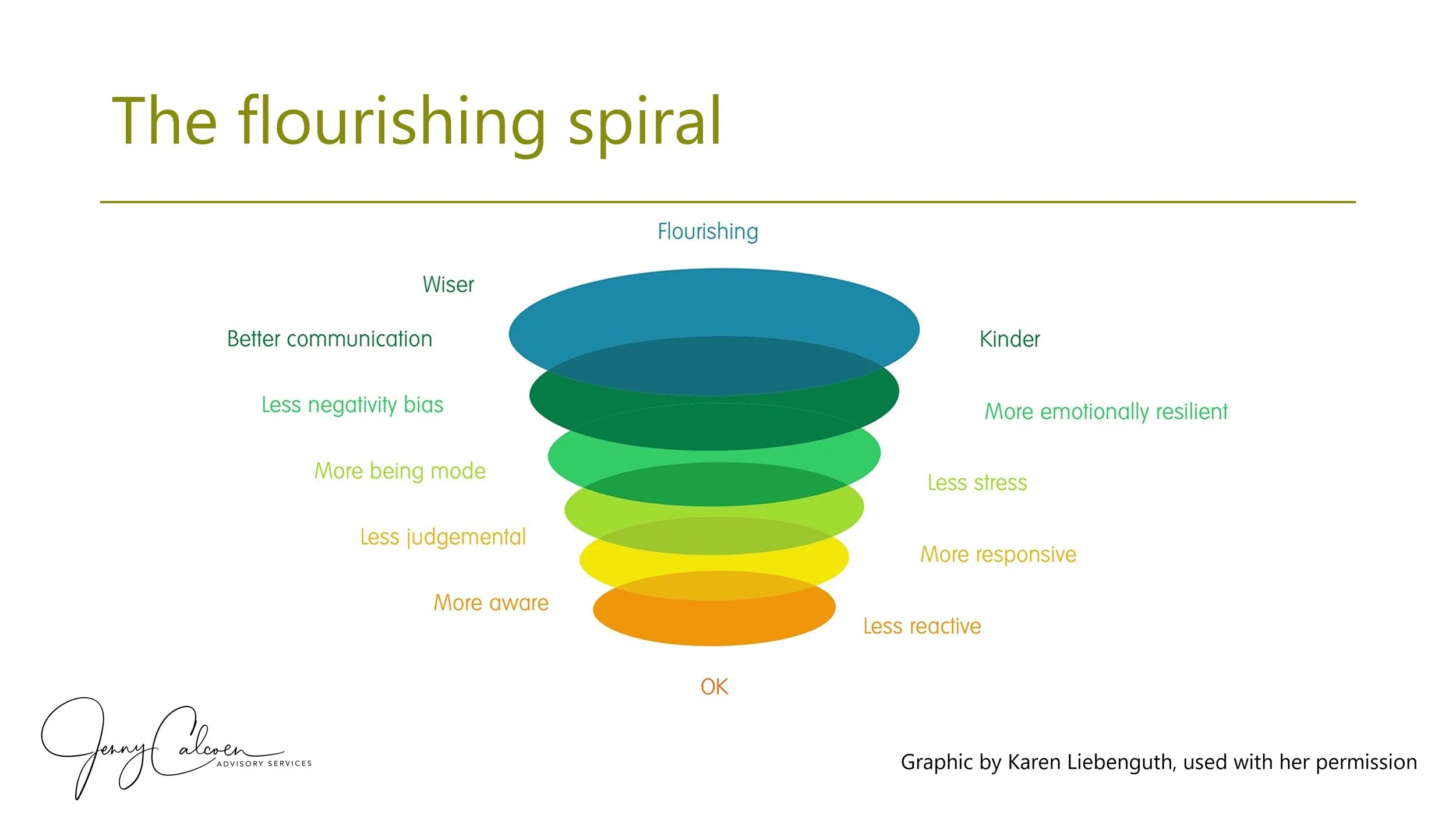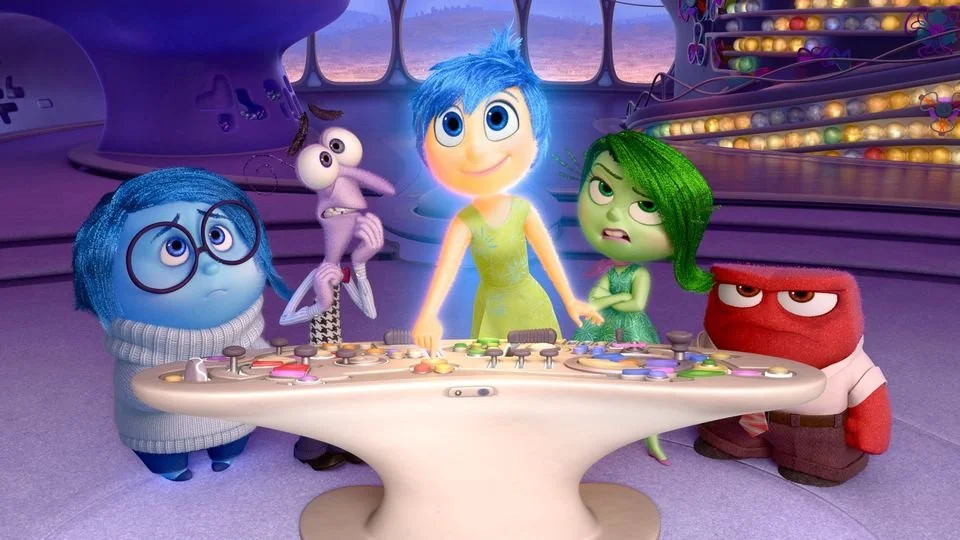
Week 7 - The social dimensions of kindness
This week we’re focusing on understanding and experiencing the value of cultivating kindness towards others and a sense of empathy and common humanity with others.
Key concepts we touch on this week are:
Connecting with others
The exhaustion funnel
The flourishing spiral
Reminder to bring to next week’s session: pen(s), paper, color pencils, colored pens, colored paper, art supplies – whatever you might like to use to decorate or write a letter you would like to receive.
Home practice - week 7
Meditation - Practice “Kindness to a friend” once each day and “Kindness to everyone” once each day.
This week’s Mindfulness in Action practice is to choose to respond rather than react.
One of the reasons for practicing mindfulness is that it allows us more choice. While we can't always choose what happens to us or how other people behave, we can learn to have more choice in how we respond to life's events. The invitation this week is to play with your freedom of choice.
When your buttons get pressed
The next time you feel your buttons being pressed, see if you can step back from your reaction, take a few seconds to breathe, and let it go. This isn't easy. Depending on the strength of your reaction, sometimes you'll be able to do it, other times you won't. That's ok, it's a practice. If you found it easy you wouldn't need to practice it.
Those times (there will be many) when you don't manage to let go of your reaction, you need to be careful you don't react to your failure (“You idiot, you've failed again” etc.). Be careful that your inner critic doesn't have a field day. Instead, just remind yourself that your brain, like everyone else's is wired like that. It's evolved to react to threats with anger, fear, avoidance etc., so it's natural to react.
Building up your inner resources
All the practices you've learned in this course will help you build up inner resources of awareness, calm, clarity and kindness, that will help you to respond, rather than react. So, in the long term, keep these up as best you can. But right there, in the moments of difficulty in your life, you have to do it in testing circumstances. The good news is that the more you practice, the easier it becomes. Stimulating the neural substrates of calm, contentment and caring - the green system - strengthens them. This also makes it less likely that your buttons will be pressed.
Practice making different choices
To get into the swing of responding rather than reacting, you can start choosing to act differently in ordinary situations - once you start making choices in these easier circumstances, you'll feel the freedom of deciding to act differently, and this paves the way (opens up the neural pathways) to respond to more challenging things you would normally react to. For example, you could choose to:
take a different route to work
say hello to someone you usually ignore
look up at the sky as you're walking along the road
say something complimentary to someone you find difficult
be kind to someone when you don't have to be
buy a gift for someone when it's not their birthday
turn off the TV and read a book or do something creative instead
be patient with someone's failings rather than critical
be patient with your own failings rather than critical
Choose the life you want.
The exhaustion funnel and the flourishing spiral
When things get difficult or challenging, we usually drop the things that are good for us and that we enjoy doing first.
Then the next challenge in life comes along and we simply drop a couple more things that keep us sane, because they seem like luxuries. In turn, we start feeling just a little bit worse at a physical, emotional or psychological level.
During especially testing times, with no end in sight, we can go deeper down the exhaustion funnel, and this in turn can lead to burnout.
When, on the other hand, we make our well-being a basic priority and non-negotiable, we get to create a life that we love and that loves us back.
Perhaps you can choose to make the drainers/sustainers (or energizers) list part of your priority. Wherever you can, keep choosing what energizes you.
Optional activities
Sadness, Fear, Joy, Disgust and Anger in Disney’s Inside Out (2015)
In The Little Mindfulness Workbook :
you can review the key concepts from our live session by reading chapters 8 & 9 of the book.
you can download “Kindness to someone you like” (meditation 9) and “Kindness to everyone” (meditation 12) from the playlist that accompanies the workbook.
you can also practice “Kindness towards someone whom you feel indifferent about” and “Kindness towards someone you find difficult” - meditations 10 and 11 respectively.
you can download journal templates that accompany the workbook by clicking on the links (kindness towards someone you like, kindness towards a neutral person, kindness towards a person you experience as difficult, kindness to all).
For a sweet, light-hearted, and decidedly non-scientific look at the role of our emotions, and what happens when they gain control of our “buttons”, watch Disney’s animated film Inside Out.
Keep working on your drainers/sustainers (or energizers) list, or make it a periodic “check in”.
drainers: physically, emotionally drain you of your energy, of your joy, and your sense of well-being. These drainers have you feel like you’re going nowhere, like you don’t fit in and have you feel insecure. Who are the people, what are the practices, places and habits that take away your sense of self-worth and purpose?
sustainers / energizers: feel like you can do anything, they inspire and motivate you, you want to be with them and you feel like you belong. Go through a list of people, practices, things and habits that lift you up.
Reflect on your practice and learning: notice what your experience is, jot down some notes in a journal, or share some reflections in the FB group to help your learning.
Poem
Kindness
Before you know what kindness really is
you must lose things,
feel the future dissolve in a moment
like salt in a weakened broth.
What you held in your hand,
what you counted and carefully saved,
all this must go so you know
how desolate the landscape can be
between the regions of kindness.
How you ride and ride
thinking the bus will never stop,
the passengers eating maize and chicken
will stare out the window forever.
Before you learn the tender gravity of kindness
you must travel where the Indian in a white poncho
lies dead by the side of the road.
You must see how this could be you,
how he too was someone
who journeyed through the night with plans
and the simple breath that kept him alive.
Before you know kindness as the deepest thing inside,
you must know sorrow as the other deepest thing.
You must wake up with sorrow.
You must speak to it till your voice
catches the thread of all sorrows
and you see the size of the cloth.
Then it is only kindness that makes sense anymore,
only kindness that ties your shoes
and sends you out into the day to gaze at bread,
only kindness that raises its head
from the crowd of the world to say
It is I you have been looking for,
and then goes with you everywhere
like a shadow or a friend.
~ by Naomi Shihab Nye, from Words Under the Words: Selected Poems





